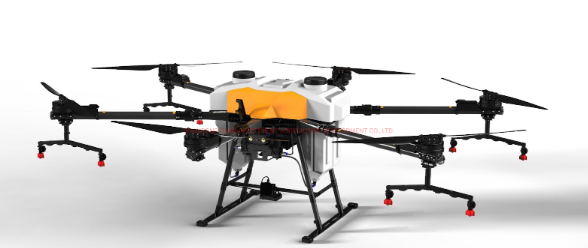Artificial Intelligence (AI) has permeated various industries and is revolutionizing how tasks are performed. One such field that stands to gain immensely from the application of AI is audio visual (AV) design. As an av design engineer, I am fascinated by the opportunities AI presents for automating workflows and making designs more personalized. However, integrating AI also poses challenges that need to be addressed carefully. In this blog, I discuss some of the key opportunities AI brings to AV design as well as the challenges associated with adopting AI solutions.
Opportunities of AI in AV Design
Automation of Routine Tasks
One of the biggest benefits of AI is its ability to automate repetitive and routine tasks. In AV design, a lot of the initial workflow involving gathering requirements, assessing technical specifications and preparing basic designs can be automated through AI. Chatbots and virtual assistants can engage with clients to understand project needs. Computer vision and natural language processing tools can analyze written requirements and visual assets to extract key details. Layouts and designs can be initialized according to standardized templates through AI. This frees up av design engineers to focus on more creative and strategic work.
Personalization of Designs
With AI, designs can be more personalized to different client profiles and contexts. By analyzing past client preferences and project traits, AI models can learn patterns to customized AV solutions. For example, designs for corporate clients can emphasized collaboration while those aimed at hospitality may focus more on ambience. Personal traits of key stakeholders in a project can also be used to tune designs accordingly. This level of customization at scale was not possible earlier without AI.
Automated Testing and Validation
Testing and validation takes a huge chunk of time in any design project. AI comes to the rescue by automating repetitive test cases involving standard functionality. Computer vision enabled test automation can validate visual designs match specifications. Natural language interfaces can also be automatically tested for usability. This automated validation helps catch issues early and speeds up the design-test iteration cycles.
Challenges of Adopting AI in AV Design
Data Requirements and Costs
One of the biggest challenges with applying AI is the infrastructure and data science costs involved. AV design is still a niche domain with limited available data. Collecting sufficient high-quality historical data on past projects, clients traits, testing results etc. requires extensive effort. Annotating and preprocessing this raw data for machine learning algorithms is another costly step. Setting up the computing infrastructure for training complex AI models also involves non-trivial capital investment which may not be viable for smaller AV firms.
Explainability and Trust Issues
As AI systems become more autonomous and “black-box” in nature, it raises questions around explainability of their decisions and actions. In safety-critical domains like AV designing, stakeholders need transparency and understanding of how and why AI arrives at particular recommendations. A lack of explainability can seriously undermine trust in AI-derived outputs. Techniques are being developed but explainable AI is still an open challenge.
Skillset Requirements for Humans
Widespread use of AI will impact the skills required of av design engineers. While routine work is automated, engineers need to reskill themselves for new roles like data wrangling, AI training and integration. Strong backgrounds in fields like machine learning, data science and AI safety are required to effectively harness AI capabilities. Transitioning existing workforce demands time, resources and lifelong learning commitment which many organizations may find difficult.
Intellectual Property and Legal Issues
With AI taking on more creative functions, there are questions around attribution of intellectual property (IP). Who owns the IP for AI-generated designs – the company, individual designers or the AI model vendor? Without clear legal guidelines on liability, IP and ethical use of personal data, adopting AI poses legal risks too. Resolving such concerns thoughtfully is necessary to address refusal of using AI systems due to unclear ownership or accountability.
The Way Forward
To truly unlock the potential of AI in AV design while overcoming challenges requires a nuanced approach. Collective efforts are needed from industry, academia and governments to build open data repositories, develop standardized processes and accountability frameworks. Design firms must make strategic investments to gradually build internal data capabilities and reskill teams. Partnerships between large AV firms and startups can help test solutions at smaller scales initially. With collaborative progress on the technology as well as policy fronts, AI promises to massively boost AV design productivity, quality and experiences in the coming decade.






